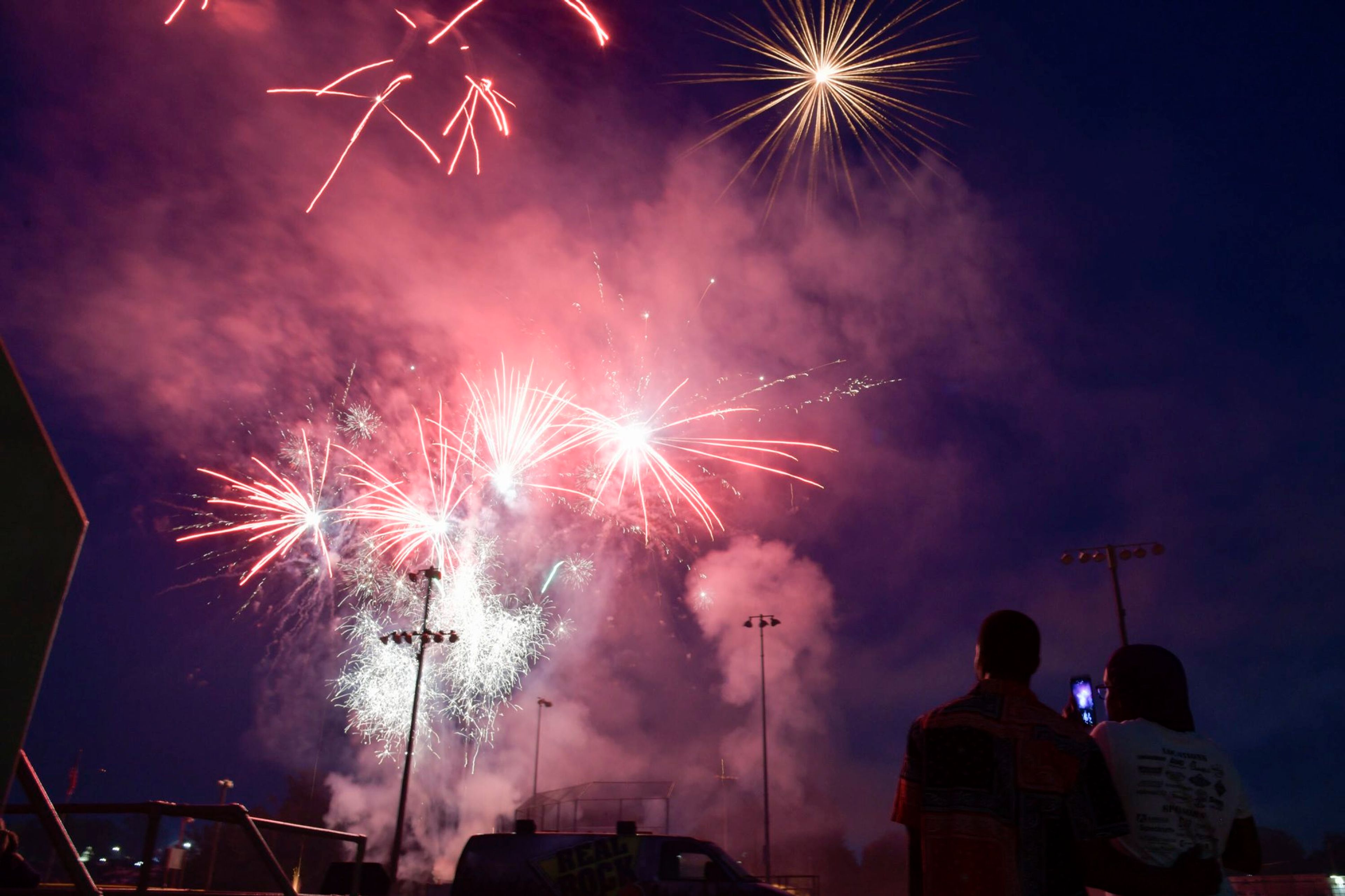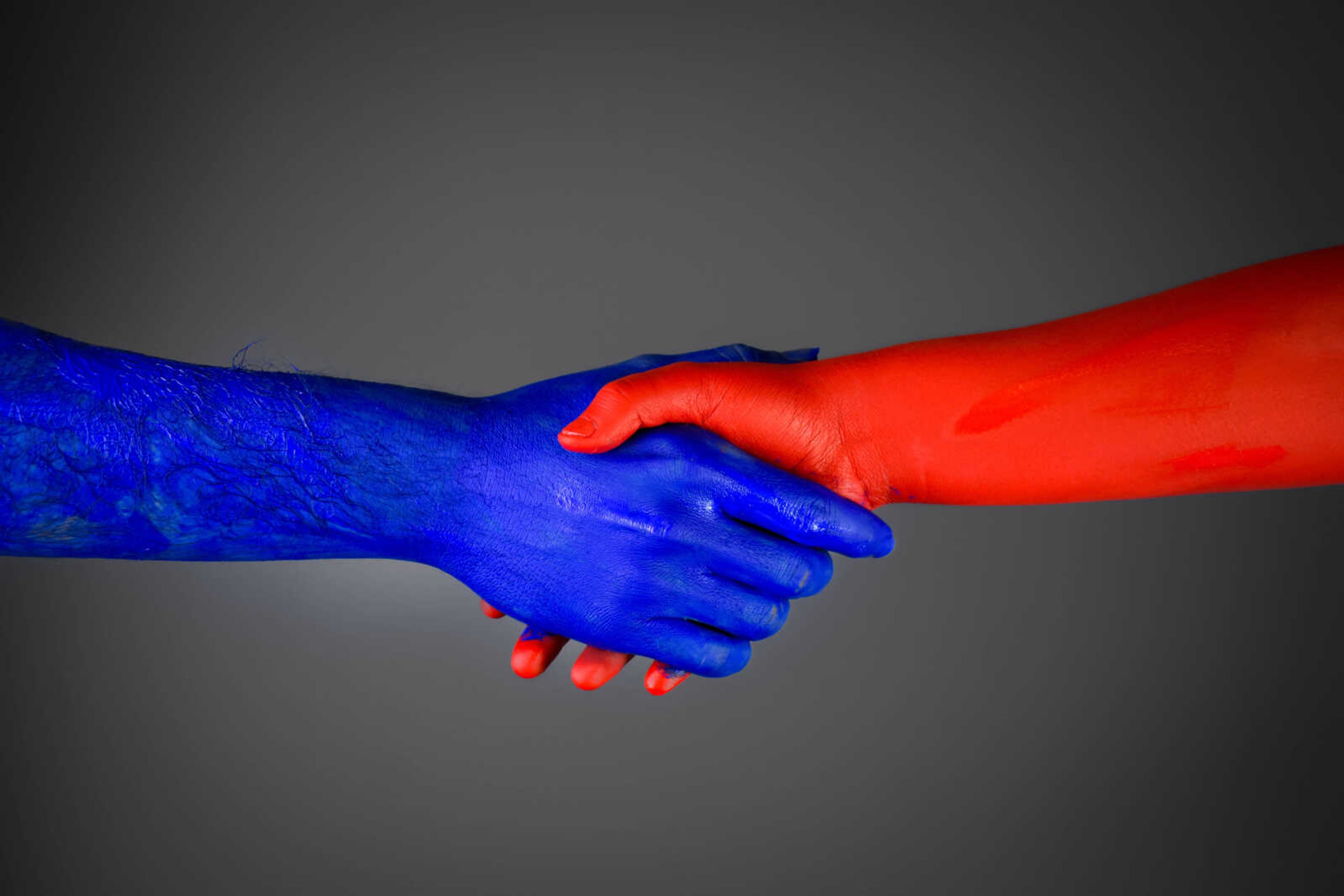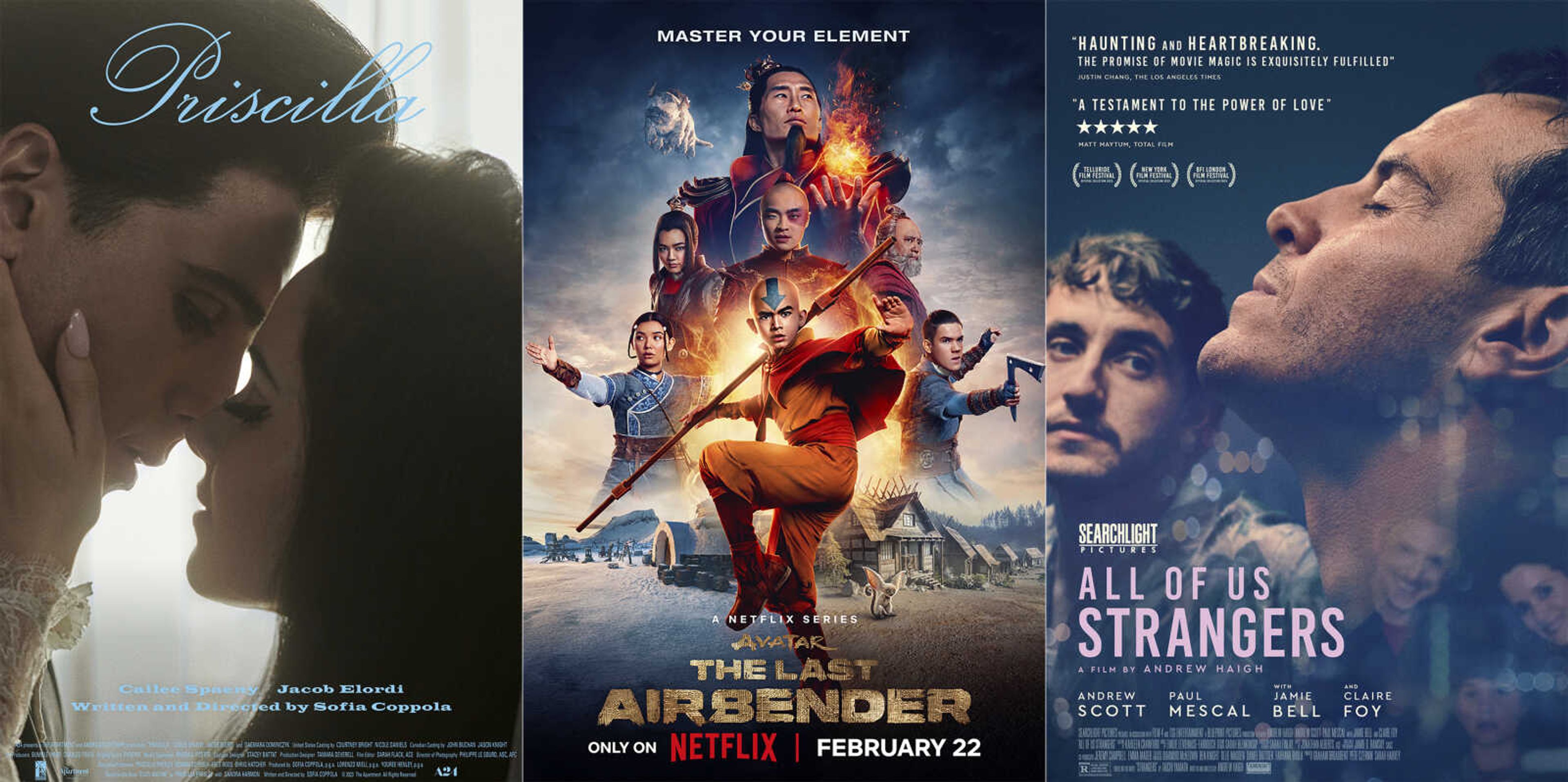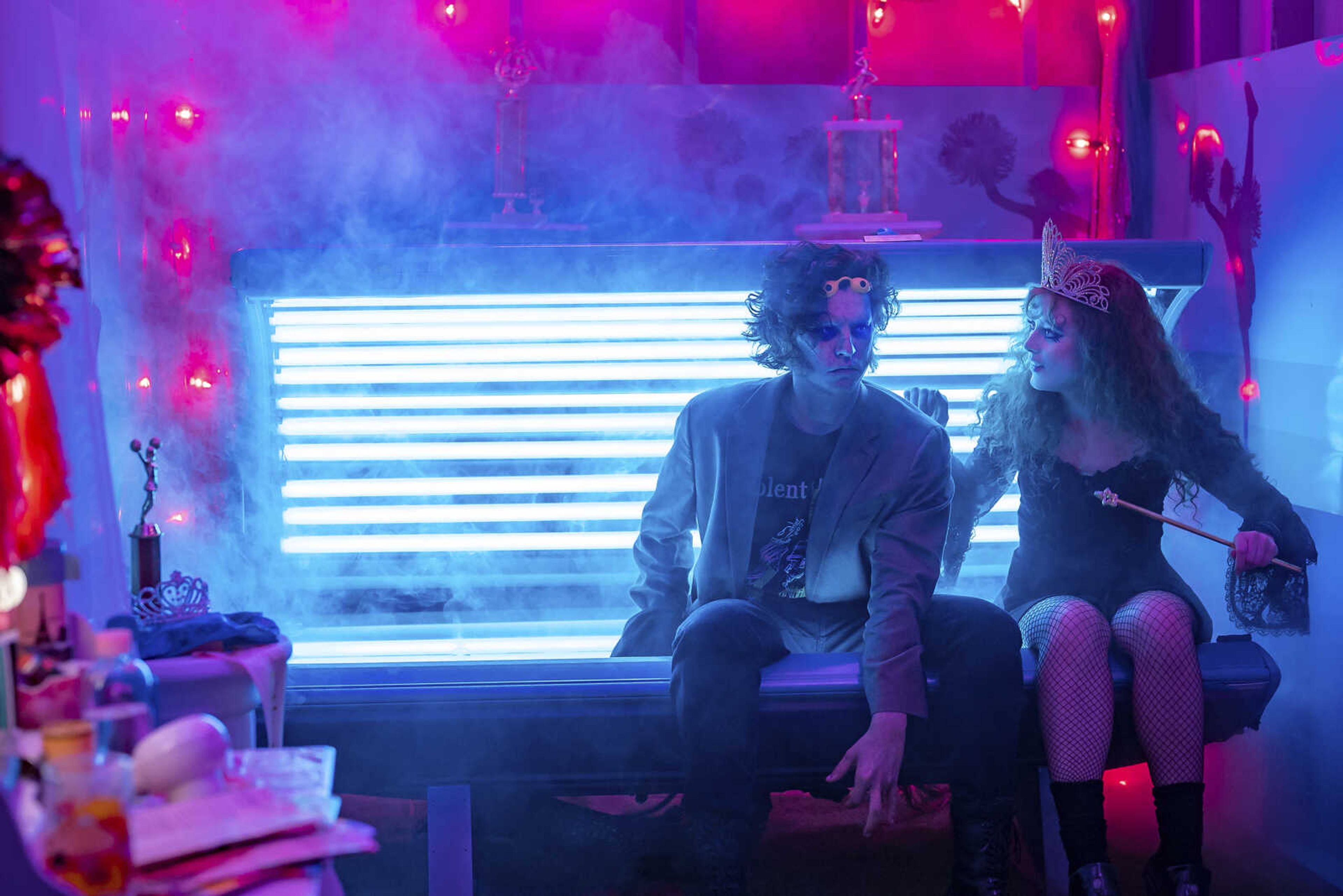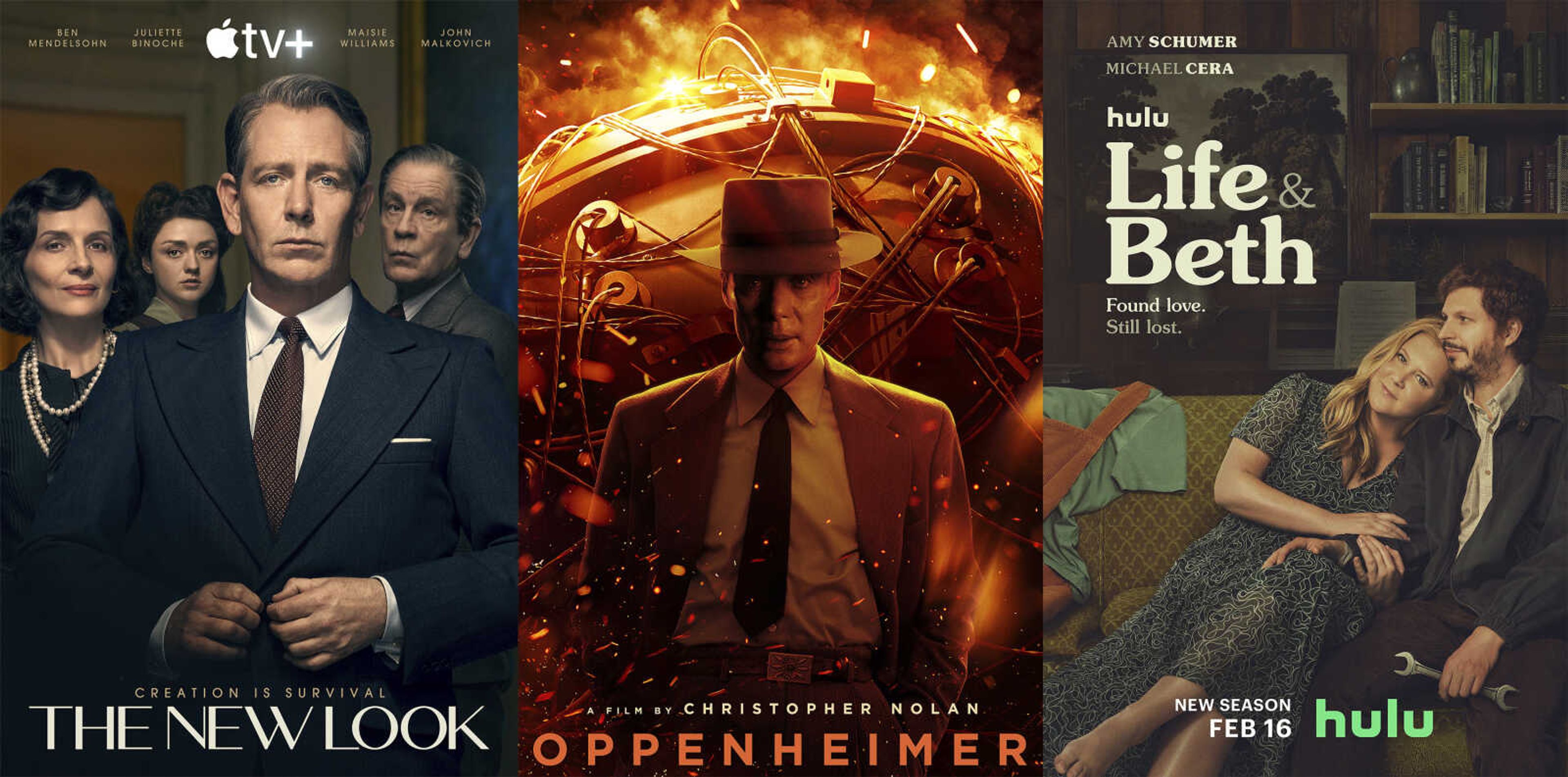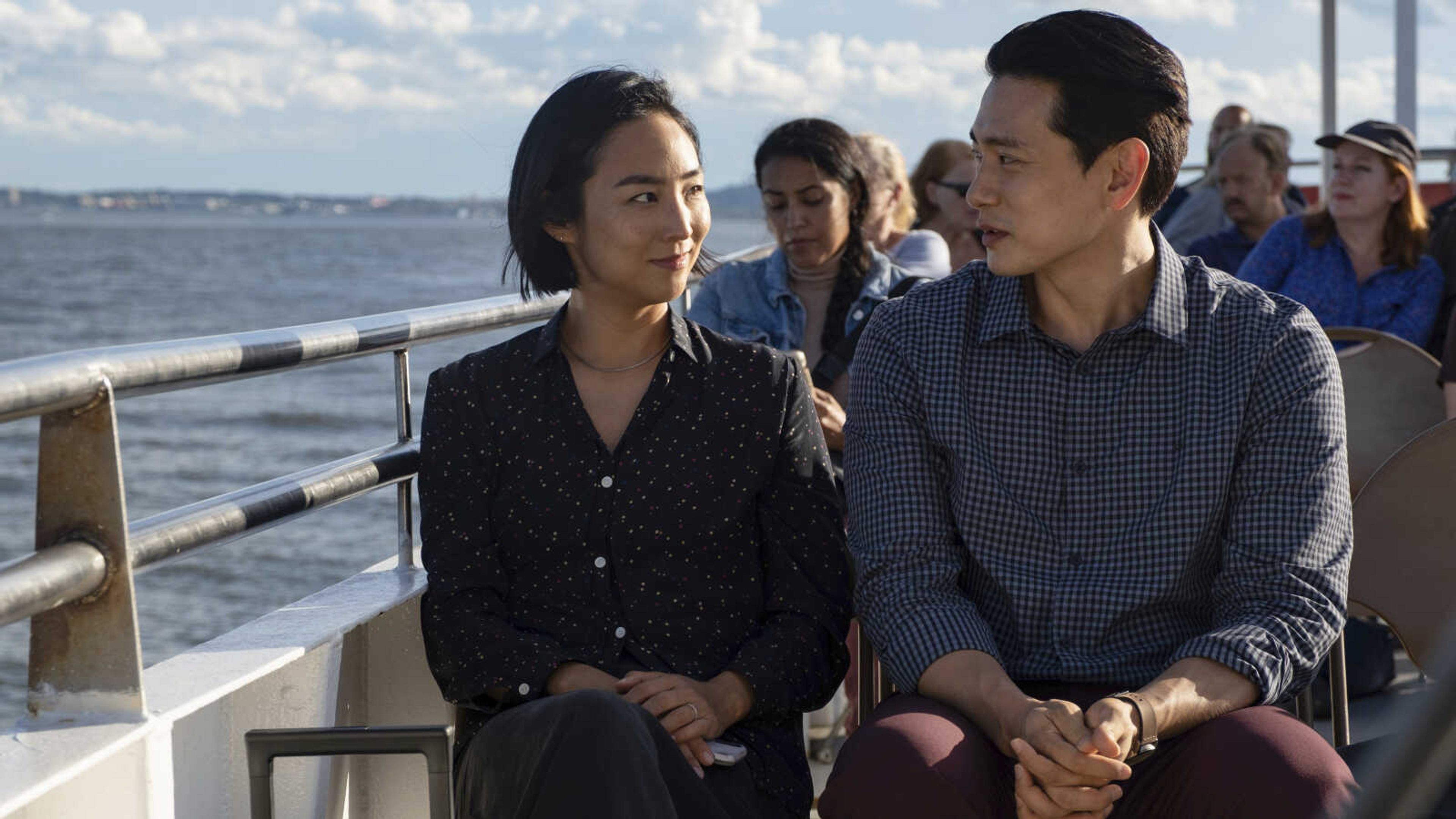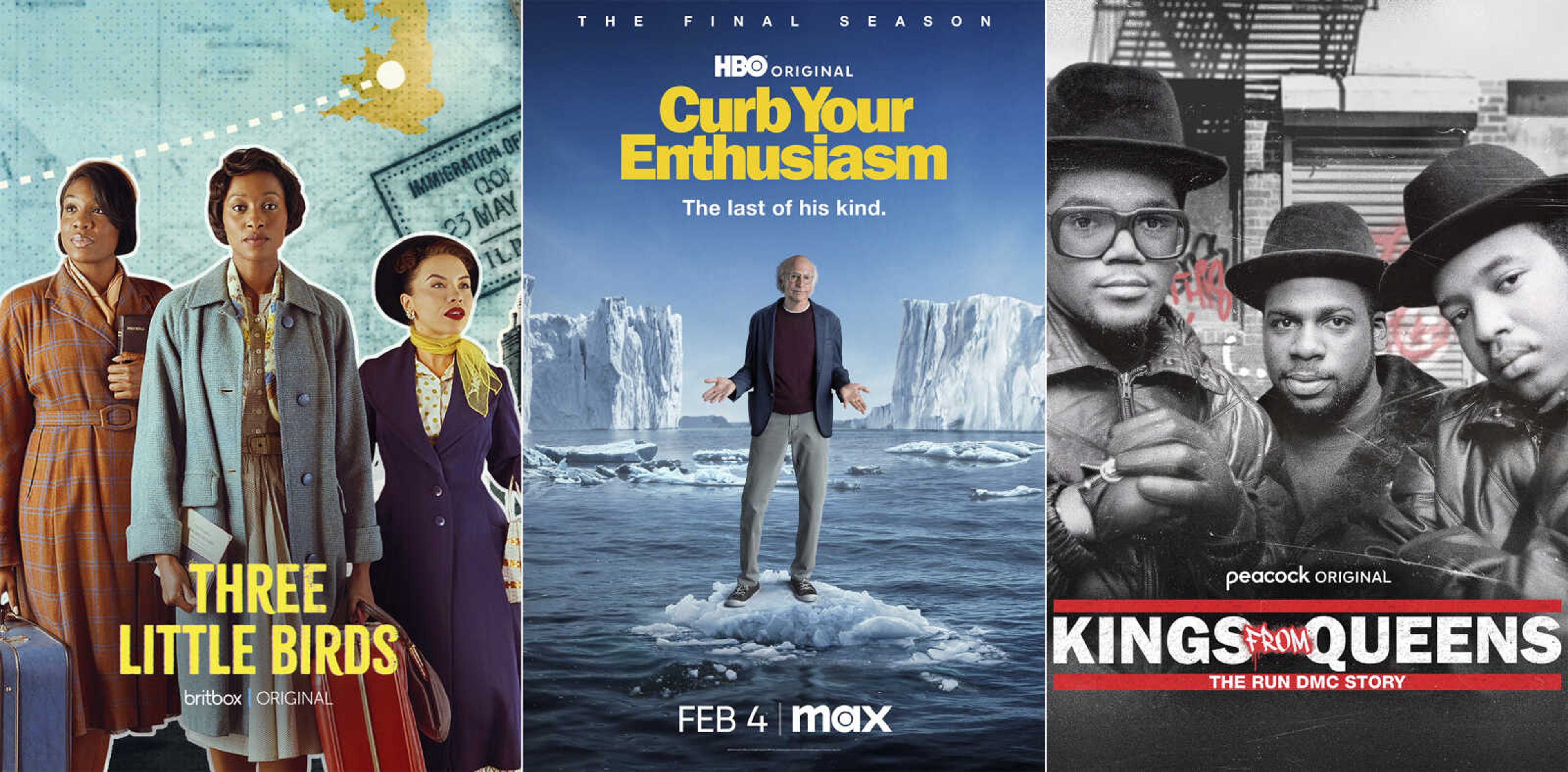Video selfies by a trio of travelers air on Animal Planet
NEW YORK -- No one needs to be reminded of our selfie epidemic, and certainly not when traveling. (Hey, you people mugging for your GoPros -- anybody notice the Grand Canyon out there?) Happily, "100 Miles from Nowhere," an extreme travelogue from Animal Planet, isn't swarming with tourists as its trio of intrepid adventurers makes glorious use of video selfies -- and gives the tired reality-TV genre a jolt...
NEW YORK -- No one needs to be reminded of our selfie epidemic, and certainly not when traveling. (Hey, you people mugging for your GoPros -- anybody notice the Grand Canyon out there?)
Happily, "100 Miles from Nowhere," an extreme travelogue from Animal Planet, isn't swarming with tourists as its trio of intrepid adventurers makes glorious use of video selfies -- and gives the tired reality-TV genre a jolt.
"100 Miles" (which premiered last week and airs at 9 p.m. Sunday) stars Matt Galland and his pals Danny Bryson and Blake Josephson as they seek out paths that are not just less traveled but nonexistent, in some of the most remote spots in the world.
Their mission: Celebrate nature, share some laughs and put themselves and their friendship to the test as they cover 100 miles in four days.
But unlike the traditional documentary or reality show there is no production crew shadowing this threesome. They tote their own cameras, shoot their own footage and interview one another along the way, capturing their rugged escapades as they endure them.
These Utah natives -- Galland, a part-time college professor; Bryson, a software entrepreneur who grew up down the street; and Josephson, a contractor who met Galland rebuilding his basement -- clearly share a sense of brotherhood and a happy-go-lucky attitude even as they face constant challenges. They're fun to travel with vicariously -- all the more so in the absence of an off-screen camera crew filtering their relationship with their audience.
"It's real adventures, real friendships, but no blueprint," said Galland, who, calls "100 Miles" not a survival show, but a "thrival" show. The production company, Renegade 83, "literally drops us off somewhere remote and says, 'Go have fun."' He chuckles. "I'm sure they're biting their nails, thinking, 'We're giving those guys $10,000 worth of cameras and sending them off.' Lucky for them, every adventure is blowing our minds."
On this week's episode, Matt, Danny and Blake head deep into the Arizona desert where they battle harsh winds, freezing temperatures, sprawling sand and deadly slot canyons. Future treks take them to Idaho's "River of No Return" Wilderness Area, Oregon's Steens Mountains, Belize, Costa Rica and Chile.
But long before "100 Miles," Galland was getting his jollies from the great outdoors. A 38-year-old family man and history prof at Brigham Young University, he says he was running marathons at age 14 and, from childhood, treated the rugged grandeur of Utah as "my playground."
In recent years he began filming his arduous invasions into the outback, a one-man-band posting videos on YouTube so his family and friends could share his adventures.
Consider "100 Miles" a latter-day version of those amateur videos, writ large; a GoPro reality show to the max.
It's high time. Long ago, reality TV hooked viewers with its apparent rawness and, well, realness, despite the throng of videographers, writers, director and stylists hovered just out of camera range.
But the current GoPro obsession has made personal filmmaking the new norm, exposing old-school reality TV's many contrivances to everyone making "reality TV" for themselves.
"We all know there's some fatigue with reality television and all its tropes," says Marjorie Kaplan, group president of Animal Planet as well as TLC and Velocity. "And if people want to see the real thing, they know they can go online and see the real thing as GoPro videos."
"While this series is beautifully slick, it taps into the GoPro vernacular," adds Animal Planet executive vice president and general manager Rick Holzman. "You can tell it's all made by the participants."
"And it feels like television," says Kaplan, "because these guys are so fun."
Granted, there's one early step in the process viewers don't see: Galland planning each odyssey.
"I go into my office," he says. "I pull up Google Earth. I spin that planet around. Maybe I stop at Mexico. Look at this giant canyon in Chiapas! I call up Renegade and I say, 'Let's go to Mexico!' And they fly us there."
In the wild, there's sometimes a critical division of labor. For instance: "Blake got caught in a river in Guatemala, Danny saved him, and I filmed it. There's a duality: Do we film this? Or do we survive? A lot of the time, we do both. Or sometimes I say, 'Put the damn camera away, we've got to come home!'
"We've been doing this our whole lives," he says, "so if there's one skill we have, it's knowing when to say when. This isn't dangerous. It's beautiful and awesome. I want viewers to see that."
EDITOR'S NOTE -- Frazier Moore is a national television columnist for The Associated Press. He can be reached at fmoore(at)ap.org and at http://www.twitter.com/tvfrazier. Past stories are available at http://bigstory.ap.org/content/frazier-moore
Online:
http://www.animal planet.com
Connect with the Southeast Missourian Newsroom:
For corrections to this story or other insights for the editor, click here. To submit a letter to the editor, click here. To learn about the Southeast Missourian’s AI Policy, click here.


